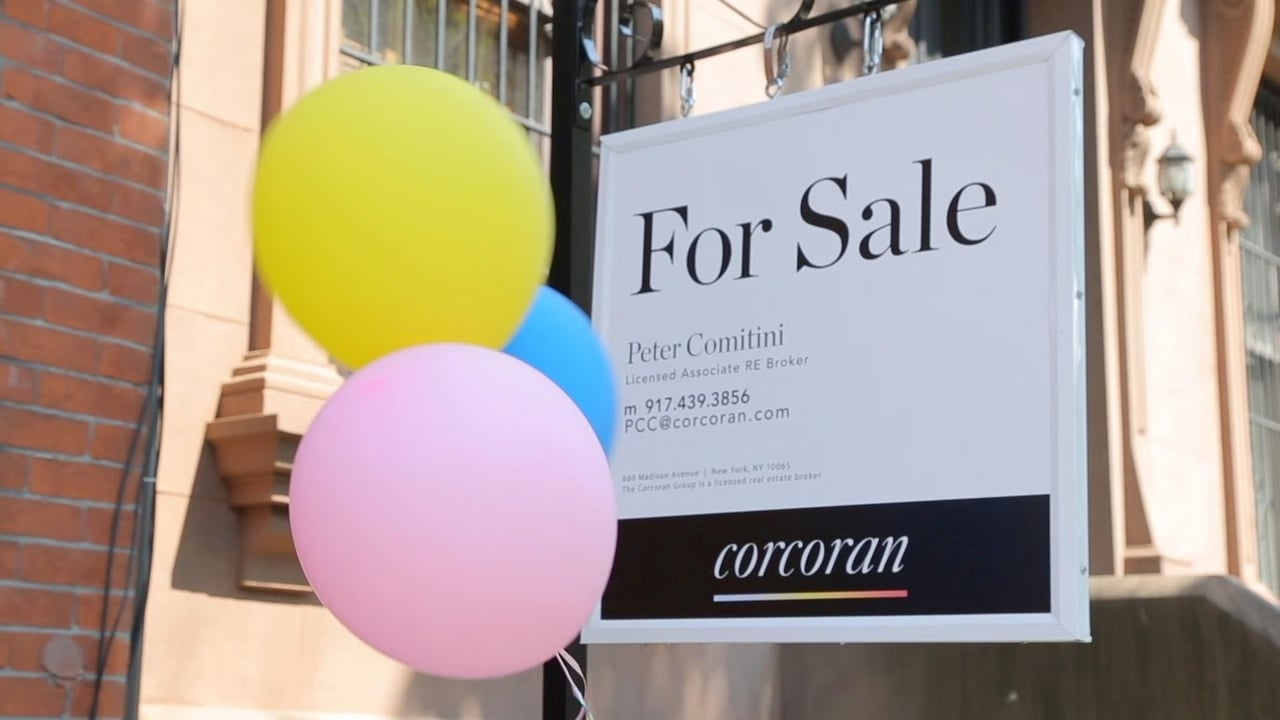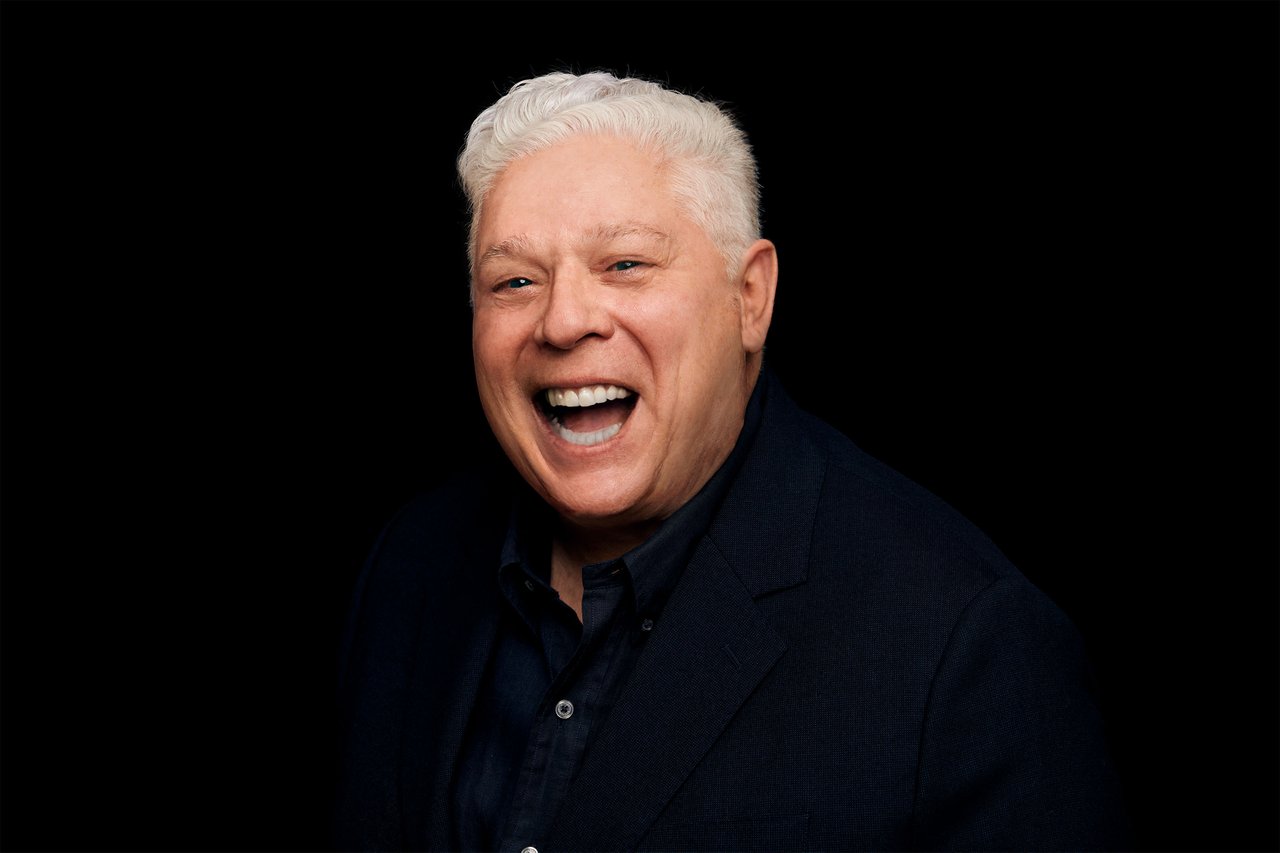About The Village
The Village is a group of New York’s most livable and historic neighborhoods. It has at least three distinct subsections: the West Village, Greenwich Village, and the East Village. They evoke the quintessential downtown New York City lifestyle with a timeless beauty and a bohemian soul. In my opinion, these are some of the most desirable neighborhoods in the city. Judging from the rock-solid property values here, I’m not alone. They all span across the island of Manhattan from east to west; from Houston Street on the south to 14th St. on the north; with Greenwich Village at the center, flanked by the West and East Village neighborhoods.
The West Village
The West Village's quaint tree-lined streets, many paved in Belgian block, contain meticulously preserved townhouses in the Federal, Italianate, and Greek Revival styles, many dating back to the pre-civil war era. They are highly sought after today as trophy properties. The neighborhood also consists of apartment buildings, and lofts adapted from industrial properties from its early days as a merchant-class neighborhood near the Hudson River waterfront, where today’s trendy meatpacking district exists. Formerly the center of the city’s meat industry, it has undergone a transformation into a high-end shopping district and mixed-use residential neighborhood. The High Line Park begins at old Gansevoort Meat Market, where the Whitney Museum of American Art is located at the gateway to the Chelsea Arts District just above 14th Street The neighborhood has attracted high-end developers, with luxury real estate projects on the High Line and near the Hudson River Park. The neighborhood is charming, with its own sophisticated mix of local Village boutiques, restaurants, and cherished neighborhood joints. The area’s western border is West Street, along which you'll find river-view loft conversions and modern developments. Notable ones are Robert A. M. Stern’s luxury redesign and conversion of the Superior Ink Building at 400 West 12th Street; or Richard Meier’s buildings at 173 and 176 Perry Street, which are just down the road from his first major project for the Westbeth Artists Community; a 1898 vintage Bell Laboratories Building converted to residential and art studio use that’s among the first examples of the adaptive reuse of industrial properties for this purpose in the country. The West Village begins west of 7th Avenue.
Greenwich Village
Greenwich Village’s iconic Washington Square Arch sits at the beginning of lower Fifth Avenue, a location often referred to as the Gold Coast corridor lined with some of the most desirable coops and townhouses in Manhattan. There are also top recent condo developments, like the understated Greenwich Lane, or cast-iron loft buildings, elegant pre-war and post-war doorman apartment houses, and walk-up tenements converted into co-ops; living side-by-side in districts that are often protected by landmark status to preserve their scale and distinct characteristics. Greenwich Village is the archetypical downtown neighborhood if there is one, New York University, Cooper Union, The New School, and Parsons are among the college campuses located here that give the neighborhood a perennial, youthful glow. The greater Village area has a rich history as an intellectual, activist, and counterculture center in the mid-20th Century. Home to the Beat writers, painters, performing artists, and jazz, musicians of the era. Its creative heartbeat remains, even though the era of cheap rents is long gone. This is the central Village between 7th Avenue and Broadway.
The East Village
The East Village has similar types of housing options to other parts of the Village but with a patina of creativity, grit, street culture, and bohemian rebelliousness. In the 70s and 80s, the relatively cheaper living costs of the area attracted visual artists, musicians, and writers, becoming a hub of downtown creative life. The neighborhood has a rich history as a melting pot of immigrants since the mid-1800s, and later as a center for counterculture, music, and nightlife. It has a history of clubs and performance venues that act as a fabric binding the creative communities including The Electric Circus on St. Mark Place was famously a performance space for Andy Warhol and the Velvet Underground in the 1960s. The Pyramid Club was a significant art scene hang-out in the 70s and 80s. You might've seen Hendrix play at Bill Graham’s legendary Fillmore East on Second Avenue in 1969 or danced under the dome at The Saint disco on the same site in the 1980s. You'll find a vast array of ethnic foods and restaurants here, reflecting the cultural diversity of this community in the most flavorful ways. The neighborhood’s civic and spiritual center is lively Tompkins Square Park on Avenue A. It is a melting pot, where people from all walks of life come to enjoy the green space that is a backdrop for kids' birthday parties, musicians busking, drum circles, and various local celebrations. A notable building on the park at 143 Avenue B is the Christodora House condominium, a storied prewar landmarked building, originally built as a settlement house in 1928. The New York Times has described the building as ”the East Village answer to the Chelsea Hotel. Both are iconic buildings steeped in downtown lore, and both have served as a magnet for A-list writers, artists, musicians, and actors”. The Cooper Union campus and parts of NYU are located here. The neighborhood that stretches eastward From Avenue A to Avenue D is commonly referred to as ‘Alphabet City’. The East Village’s boundaries are the East River on the west; and Bowery and Third Avenue on the east.
Search The Village


